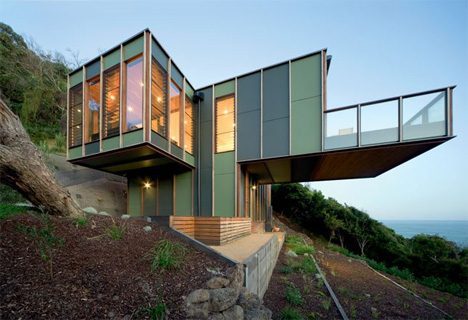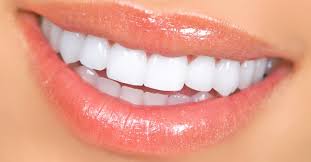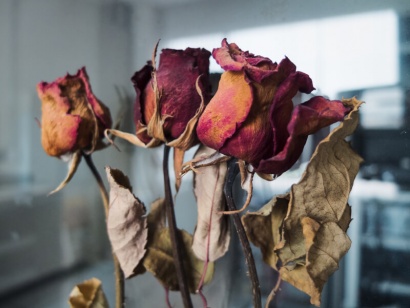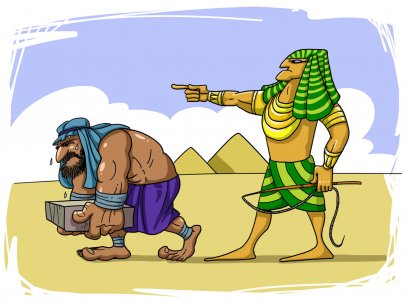 Mud is a moist soil that is extracted from a vein of earth in the mountains. This land is obtained from the so-called clay soils.
Mud is a moist soil that is extracted from a vein of earth in the mountains. This land is obtained from the so-called clay soils.
From a cultural point of view, clay is associated with the art of pottery, an activity that is currently eminently decorative, but which for millennia has been fundamental in most civilizations. Since ancient times, potters have made all kinds of objects from clay: intended to facilitate daily life, for storing products, for construction or as decorative objects.
The clay pieces of ancient potters have a historical value today, since archaeologists can learn about the daily life of a people and their culture by learning about the clay figures they made and the techniques they used to make them.
Likewise, we must not forget that clay becomes an essential element to promote manual creativity in children and adults; even blind people can create figures using it, as it has ideal characteristics.
Clay in everyday language and in different areas of society
The presence of mud is normally associated with dirt and for this reason the term mud is used to express ideas with a negative connotation. Thus, when someone is discredited for any reason, it is said that their name is dragged through the mud.
From a cultural and social point of view, mud is present in all kinds of manifestations: mud fights, cross country or mountain biking races, trials, etc. In all these activities, the mud provides a technical difficulty that is key to making this type of sporting or recreational activities more attractive.
Mud is a substance with therapeutic properties. Its benefits are well known: it improves circulation, serves as a muscle relaxant and is used to alleviate certain joint pains (currently mud therapy is widely used in spas and alternative health centers).
Nor should we forget its presence in the cosmetics sector, especially in relation to skin care, since clay acts as a disinfectant and detoxifier. Obviously, not all clays are suitable for cosmetics (the most widely used is known as white clay or kaolin, but bentonites, smectics or refractory ones are also used, each with specific properties).
The benefits of mud both for healing therapies and for aesthetic issues have a reason with a scientific basis: the minerals it contains are beneficial for the body (silica strengthens certain tissues of the human body, magnesium provides vitamins and calcium favors the bones ).
Photo: iStock - franckreporter









